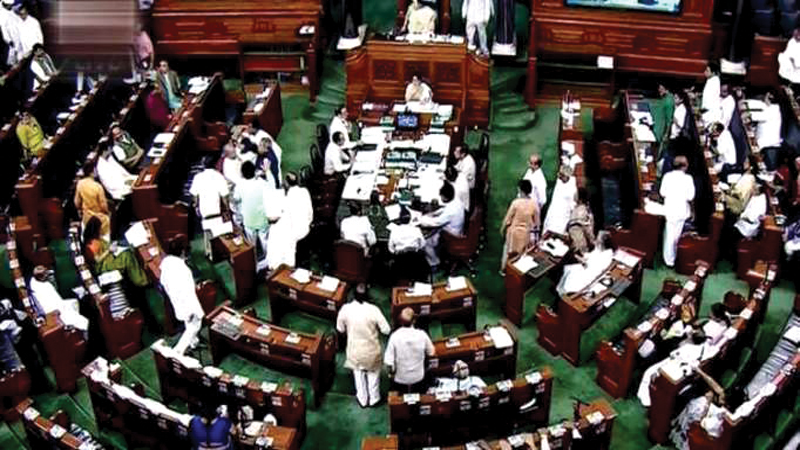The Cabinet Committee on Economic Affairs chaired by the Prime Minister, Shri Narendra Modi on July 14 approved implementation of special livestock sector package consisting of several activities by revising and realigning various components of Government of India’s schemes for next 5 years starting from 2021-22 in order to further boost growth in livestock sector and thereby making animal husbandry more remunerative to 10 crore farmers engaged in Animal Husbandry Sector. This package envisages Central Government’s support amounting to Rs.9800 crore over duration of 5 years for leveraging total investment of Rs.54,618 crore for 5 years.
As per this, all the schemes of the Department will be merged into three broad categories as Development Programmes which includes Rashtriya Gokul Mission, National Programme for Dairy Development (NPDD), National Livestock Mission (NLM) and Livestock Census and Integrated Sample Survey (LC & ISS) as sub-schemes, Disease Control programme renamed as Livestock Health and Disease Control (LH & DC) which includes the present Livestock Health and Disease Control (LH & DC) scheme and National Animal Disease Control Programme (NADCP) and Infrastructure Development Fund wherein, the Animal Husbandry Infrastructure Development fund (AHIDF) and the Dairy Infrastructure Development Fund (DIDF) are merged and the present scheme for support to Dairy Cooperatives and Farmer Producer Organizations engaged in Dairy activities is also included in this third category.
The Rashtriya Gokul Mission will help in development and conservation of indigenous breeds and would also contribute in improving the economic condition of the rural poor. The National Programme for Dairy Development (NPDD) scheme is targeted towards installation of about 8900 bulk milk coolers, thus providing benefit to more than 8 lakh milk producers and 20 LLPD milk will be additionally procured. Under NPDD, financial assistance from Japan International Cooperation Agency (JICA) will be availed thus strengthening and creating fresh infrastructure in 4500 villages.


